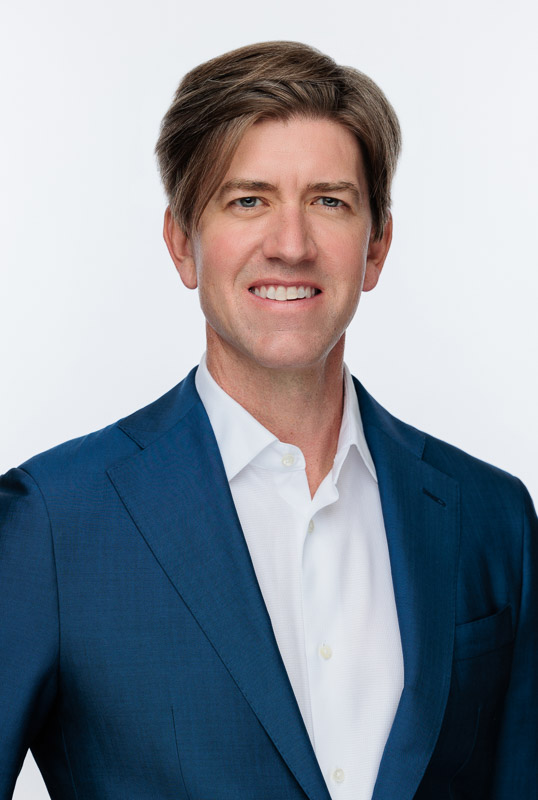Electronic Health Record (EHR) systems were introduced to address challenges such as information duplication across healthcare providers and lack of communication between them. By digitizing patient data and facilitating interoperability, EHR systems aimed to streamline information sharing, enhance care coordination, and improve overall efficiency in healthcare delivery. Electronic Health Record (EHR) systems have become integral to delivering quality patient care. However, the focus must now shift towards optimizing these systems and experiences around the unique needs of patients. It is crucial to prioritize patient-centricity – not only to streamline workflows for healthcare providers but also to enhance the overall patient experience. EHR systems that focus on patient needs and address the challenges faced will unlock the potential for improved outcomes, increased engagement, and enhanced satisfaction. By embracing a patient-centered approach, healthcare organizations can empower individuals, promote shared decision-making, and foster a more personalized and collaborative care environment.
Progression of EHR systems
Hospitals are now using automation to simplify the way they manage medical records. With traffic of financial records, a swipe of an ID generates a historical log of activities for one individual. There is almost perfect adoption of EHR systems that meet government criteria, according to the Centers of Medicare and Medicaid Services (CMS). All hospitals, laboratories, clinics, and pharmacies use, track, and populate medical information electronically. There are hundreds of EHR application vendors like Epic, Cerner, Meditech, and Allscripts. Most patient records are digital—easily accessible and searchable. Scheduling is made online, check-ins are made on mobile apps, and prescription refills are systematic. The healthcare industry has made significant strides to improve the patient experience, however, areas like billing and collections are yet to make the transformation into digital.
What patients want and what they get from EHR systems
A patient survey published in February 2023 in partnership between RevSpring and Keypoint Intelligence shows that over 70% of patients are less than satisfied with completing paperwork and forms. Patients want to see all their doctor visits, diagnoses, prescriptions, and hospitalizations in one place. Patients want to see whomever they want without having to sign physical releases and wait for information to pass from one hand to another. Patients do not want to echo their insurance member ID and group ID—they are part of their records. Patients want to do a single scan or blood test and have 10 doctors across the nation review them. Patients want to know how healthy they are given their test results, age, and lifestyle. Patients want to move from one state to another (or neighborhood to another) and not worry that their medical history will start over.
Yet this is still not happening across many hospitals, and there are two main reasons for this. The first is that patients do not fully own their medical records. Each Care Delivery Organization (CDO)—physician’s office, hospital, laboratory, pharmacy—maintains its own medical records about patients. If these CDOs belong to a single network, like a hospital group, then they share an EHR. If a patient only goes to CDOs within that network, then their medical record is likely to be intact in a single repository. But most patients cannot. They change physicians. They change pharmacies. They change insurance. They move. While all CDOs have digital records on the patient, they each have different views of the patient.
Patient-centricity for a better EHR experience
Data limitation is one of many reasons that patient needs are not being met by EHRs. Another reason is the digital experience itself and how the patient interacts with that information. Current EHR systems are built for payers, not patients. Payers are governments and insurance companies who bear the medical care cost. Payers want simple billing, payments, reduction in hospitalization, and telemedicine to limit visits. These features are fully digitized and often automated. They lower administration costs, and there are benefits to that no doubt. Features and applications on bill payment, visit history, appointment scheduling, test results, and office search are mostly what makes up a patient’s experience with EHR. It is the residual of what payers need from the systems. It makes a dry executional experience, and patients want more. For example, a survey published this year by Tebra shows that 55% of patients want a prompt response to questions and concerns.
Many EHR systems and applications are not being developed with patient-centricity. Patients are the customers, and their needs should have a similar weight, if not more, than payers. Loyalty to providers is something of the past. 68% of patients would switch doctors for their preferences according to the 2023 Tebra survey.
Care providers who are looking to help elevate the value of EHR for patients can do two things. The first is to engage, participate, and integrate with independent bodies like Care Quality—a non-profit working on a national level, consensus-built, interoperability framework to enable exchange between and among health information networks and service platforms. There are others out there. And they are all moving the needle in the right direction. Healthcare organizations need to invest in patient-centric experiences and applications if they want to deliver the best patient care. If they look beyond the off-the-shelf applications the vendors provide, they can use middleware and application programming interface (API) to build a customer layer that can appeal to patients in general and their own patients in particular.
Editor’s Note: Raghid El-Yafouri is a digital transformation strategist and technical consultant at Bottle Rocket Studios, assisting brands with their digital transformation, expansion strategies, and infrastructure optimization. You can find him at the intersection of technology and organizational efficiency. He thrives for constant innovation that amplifies a human’s intelligence rather than replaces it. As a MarTech veteran and HealthTech enthusiast, he believes that physicians and patients are underserved by what technology can offer in health informatics and medical records.
Raghid is a technology and data consultant with a doctorate in business administration (DBA) and 20+ years of practical experience and academic research in system analysis, solution architecture, and innovation management. He is known for materializing business visions and organizing teams to develop and deliver scalable products that meet strategic goals, working globally with clients in automotive and manufacturing, marketing and advertising, retail and commerce, healthcare, financial, and governmental sectors.




